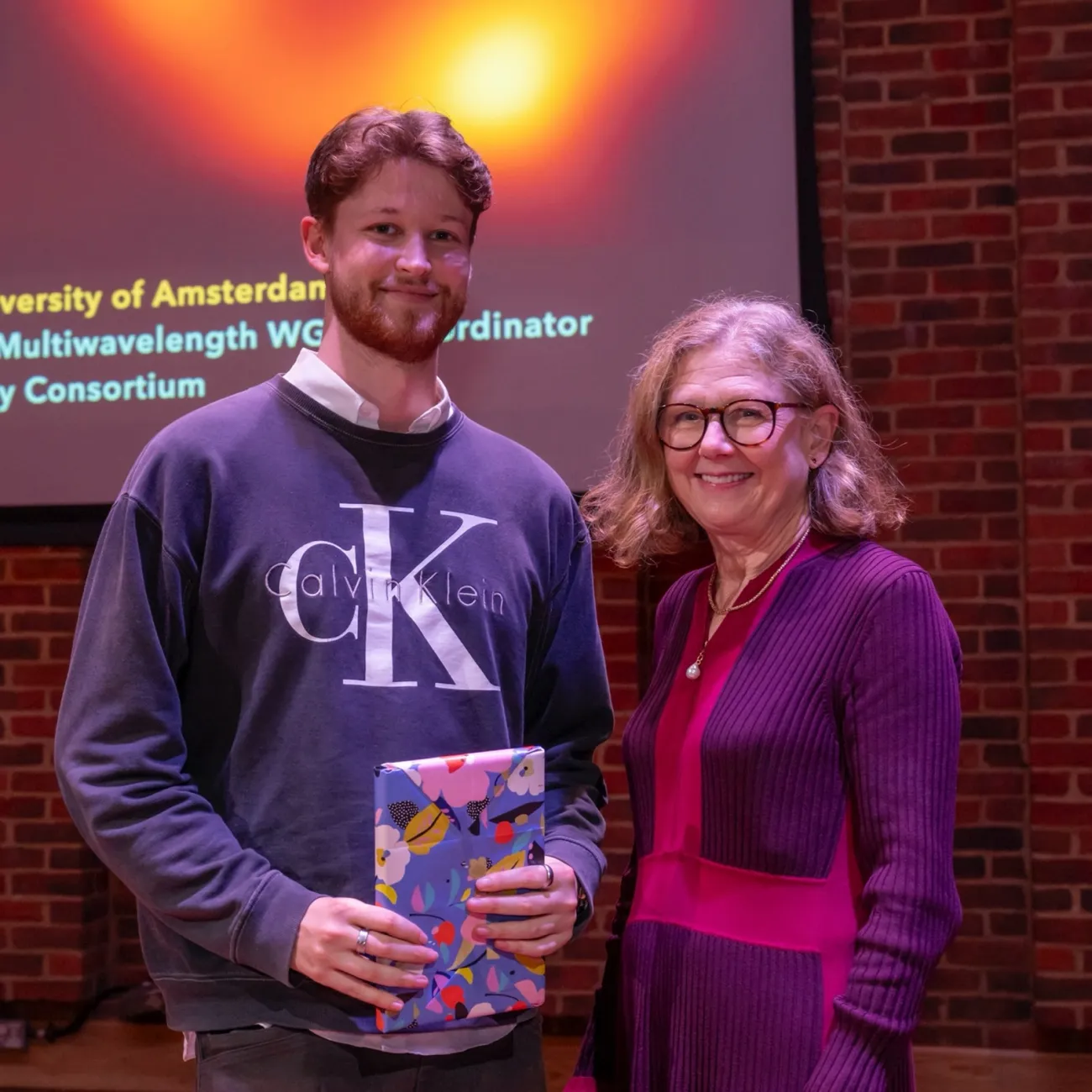Best publications in high-energy physics (jointly): Ernesto Bianchi and Savvas Pitsinigkos
Ernesto Bianchi receives the prize for his paper “Bulk renormalization and the AdS/CFT correspondence”. Ernesto’s paper solves an important theoretical problem: it establishes some of the basic and most well-known rules of quantum field theory for universes with negative curvature. Even though such universes differ from our own, they are of great importance in string theory and quantum gravity. Ernesto developed a completely new and general methodology to perform some of the most subtle quantum field theory calculations in these spacetimes.
Savvas Pitsinigkos receives the prize for his paper "Chiral crossover vs chiral density wave". Savvas studied an exotic state of matter that can be found in neutron stars: dense nuclear matter. Savvas solved some long-standing theoretical problems that allowed him for the first time to gain a deep understanding of the physics of chiral density waves in such stars. This work opens the door to a deeper understanding of a whole class of models that are being used to describe extremely dense matter.


